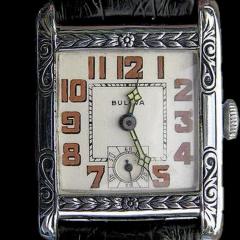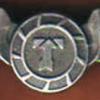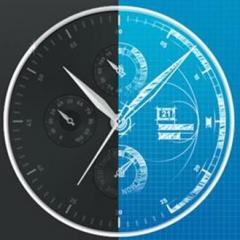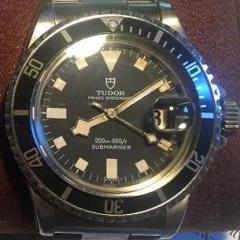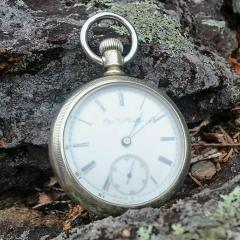Watch Repairs Help & Advice
SECTION RULES
If you are a new member, we would consider it polite for you to introduce yourself here before posting your questions.
Subforums
-
- 4.7k
- posts
-
- 9.6k
- posts
-
- 3.1k
- posts
-
- 6.8k
- posts
-
- 1.4k
- posts
-
- 3.2k
- posts
-
- 2.3k
- posts
-
- 1.7k
- posts
-
- 1.2k
- posts
-
- 966
- posts
-
- 2.7k
- posts
-
- 4.1k
- posts
-
- 407
- posts
8985 topics in this forum
-
- 80 replies
- 24.2k views
-
- 36 replies
- 24.2k views
-
- 19 replies
- 23.9k views
-
- 19 replies
- 23.8k views
-
- 21 replies
- 23.8k views
-
- 11 replies
- 23.5k views
-
- 53 replies
- 23.4k views
-
- 29 replies
- 23.4k views
-
- 37 replies
- 23.2k views
-
- 14 replies
- 23.1k views
-
- 31 replies
- 22.9k views
-
- 3 replies
- 22.8k views
-
- 29 replies
- 22.7k views
-
- 11 replies
- 22.7k views
-
- 51 replies
- 22.7k views
-
- 9 replies
- 22.6k views
-
- 71 replies
- 22.3k views
-
- 60 replies
- 22.2k views
-
- 9 replies
- 22.2k views
-
- 17 replies
- 22.2k views
-
- 14 replies
- 22.1k views
-
- 3 replies
- 21.9k views
-
- 16 replies
- 21.9k views
-
- 50 replies
- 21.7k views
-
- 19 replies
- 21.7k views




